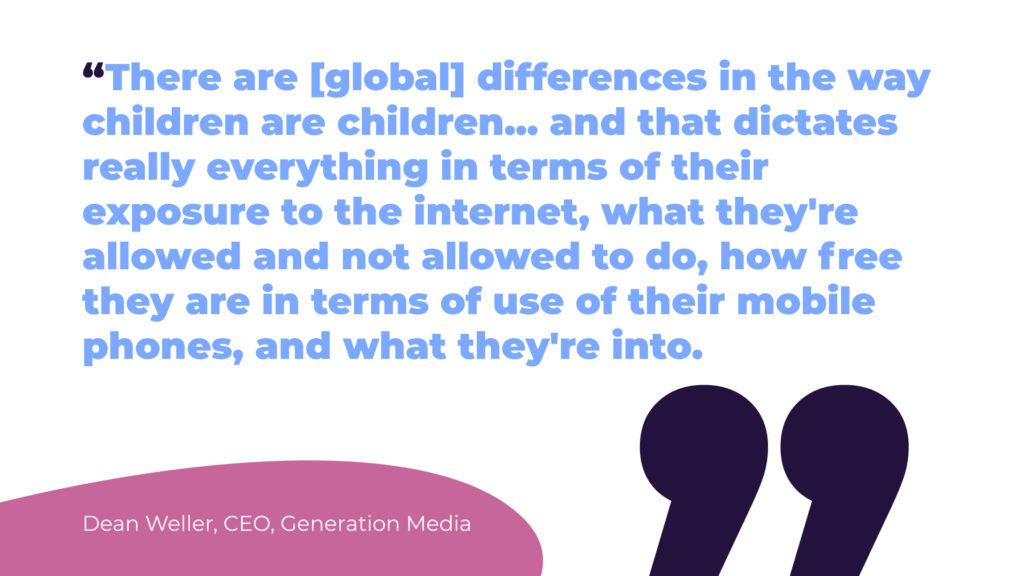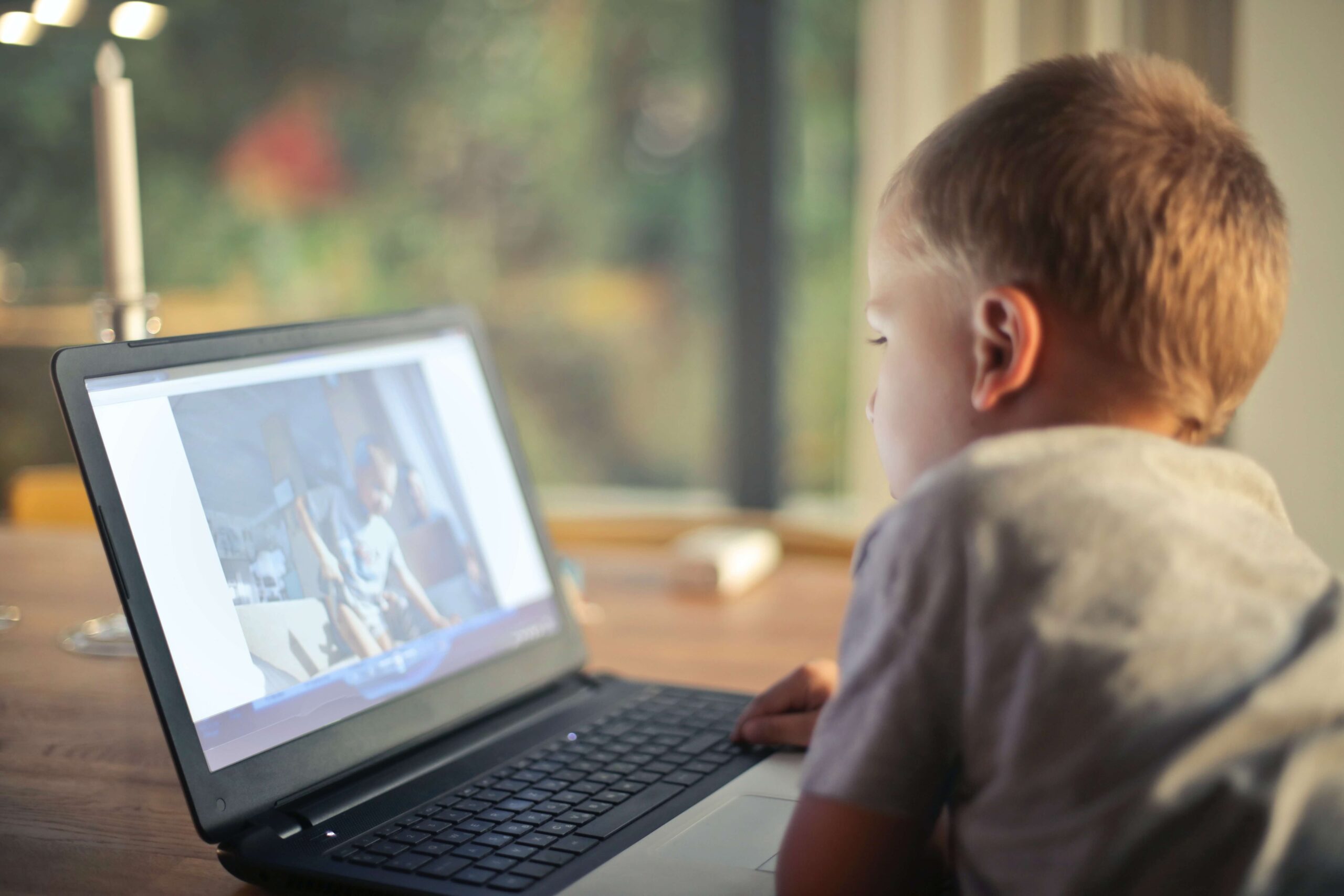Generation Media is a global agency specializing in digital communication with children, families, and young people. CEO Dean Weller recently joined us on #Kidtech to discuss how the kids media landscape has evolved over time and the implications for today’s brands. “Today, the media scene is much more diverse and more difficult in terms of terrain to climb over,” shared Weller. “Back in the day it was tougher because of the tools we had…it’s equally complicated [now], but for different reasons.”
So, what are the most important things to consider in developing an effective and responsible youth engagement strategy?
Start with a deep understanding of your youth target audience
An effective youth engagement strategy begins with a strong understanding of your target audience. This includes their values and interests, as well as the media formats and channels they prefer.
Weller emphasized the importance of understanding how children around the world react to media: “A nine-year-old child, let’s say in the UK, is very different from a nine-year-old child in the US and in Germany,” he explains. “There are differences in the way children are children…and that dictates really everything in terms of their exposure to the internet, what they’re allowed and not allowed to do, how free they are in terms of use of their mobile phones, and what they’re into.”

Beyond the global distinctions addressed by Weller, brands must also consider the differences between specific youth age groups. One of the biggest misconceptions about Young Teens (age 13 to 16), for example, is that they can be categorized into a wider teenage bucket. Doing this risks alienating this audience, who are a distinct segment with their own needs, interests, and loyalties.
Balance both traditional and digital media
During Covid-19 lockdowns, young people around the world turned to their devices for entertainment in the absence of in-person activities. When lockdowns first began back in March 2020, kids’ digital activity immediately doubled in the US and UK, and it grew by 86% in Germany. “Because of Covid, there is a convergence,” Weller told us. “Globally the online space is accelerated in terms of its importance. So [many international markets] have all caught up really in terms of how children are using the internet.”
As younger audiences continue to diversify their content consumption channels, it is critical that brands establish a presence across multiple touchpoints, both traditional and digital. “TV audiences for children in the UK were significantly down over the COVID period,” shared Weller. “The online genie has been out of the bag for some while — better understanding that [digital] is imperative is cutting deeper and younger as the years go on.”
Engage responsibly in digital environments
While it’s clear that a youth digital strategy is essential, brands have a growing responsibility to protect younger audiences online. This includes creating age-appropriate and non-toxic content, in addition to complying with global data privacy laws. “[Brands] want to do the right thing,” shared Weller. “[They] want to know more about what COPPA stands for, want to know more in terms of making sure that what they do is legal, decent, honest, and truthful.”
Yet, according to Weller, this is a double-edged sword. “[Rules that protect] children — which are there for a reason and we applaud them — stop us from understanding which target markets are seeing which ads,” he explains.
Working with a specialist partner allows brands to engage responsibly while reaching their intended audience in the most effective way. For instance, SuperAwesome’s AwesomeAds platform, the only digital advertising solution built for the requirements of the global kids media landscape, uses insights-driven creative and a robust contextual targeting, privacy-focused approach to drive performance.
Want to learn more about the fast-changing kids media sector?
Listen to the full episode below to hear more from Dean Weller about how the kids digital media landscape has changed over time, global distinctions between children’s relationships with media, the impact of Covid-19 on the toy industry, and more.

